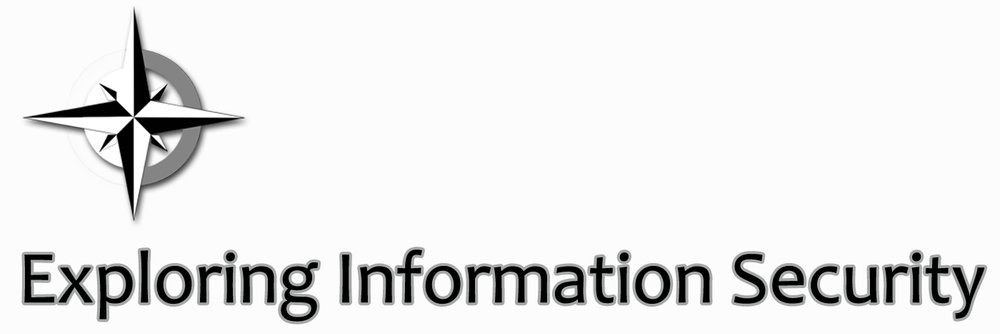In this most excellent edition of the Exploring Information Security, I talk with author Chris Sanders about how to apply network security monitoring to an organization.
Chris (@chrissanders88) is the co-author, along with Jason Smith, of Applied Network Security Monitoring: Collection, Detection, and Analysis. I recently finished the book and found it a valuable book for those operating within a SOC or those looking to start network security monitoring. Chris and Jason walk through the basics of network security monitoring including low-cost tools, snort, and how to investigate incidents. I highly recommend the book for those wanting to learn more about network security monitoring.
Before I get to what was discussed in the podcast, I want to make special mention of a cause Chris is very passionate about. The Rural Technology Fund, which strives to, "reduce the digital divide between rural and non-rural communities." The organization tries to get funding for kids in rural areas who might not have the resources available to explore technology fields. I love this idea and think it's a great idea, especially with all the talent shortage talk lately.
In this episode, we discuss:
- What is network security monitoring (NSM)
- What is needed for implementing NSM
- Steps on how it should be applied.
- How to tune after everything is up and running.
More Resources:
